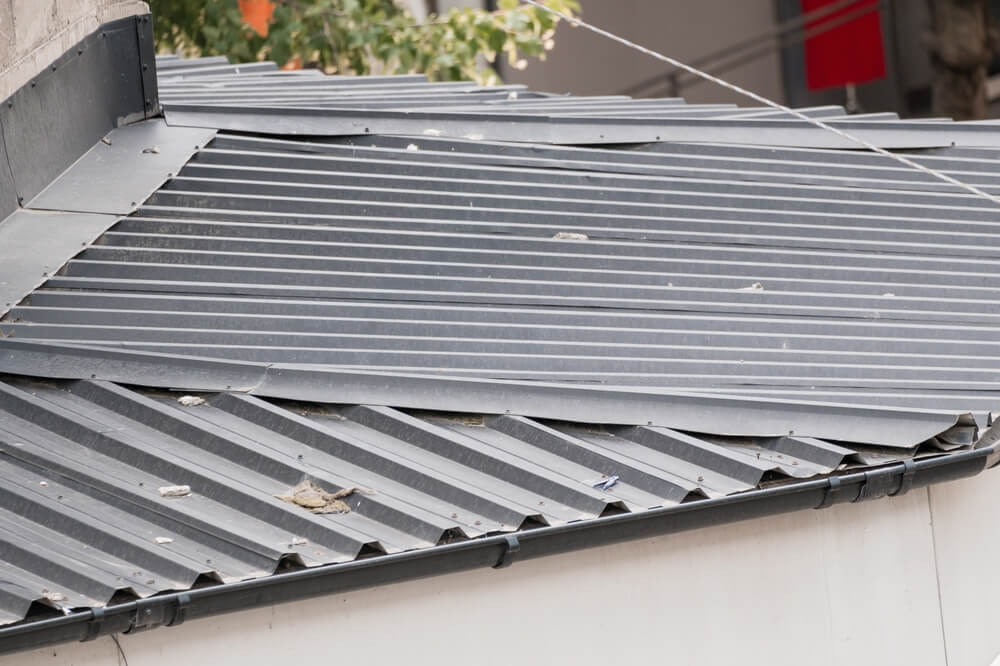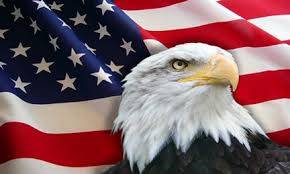
17 Oct Fall Maintenance Checklist for Indianapolis Commercial Buildings: What to Prioritize Before Winter
As fall settles in, commercial property owners and facility managers in Indianapolis face a crucial window to prepare their buildings for the colder months ahead. A well-structured fall building checklist can make the difference between a winter of smooth operations and costly disruptions caused by weather-related damage or system failures. Proper commercial property maintenance not only protects your assets but also keeps tenants, employees, and visitors safe and comfortable. In a city like Indianapolis, where winter can bring heavy snow, freezing temperatures, and ice storms, prioritizing fall maintenance is more than a recommendation—it’s a necessity.
Inspect and Prepare HVAC Systems for Winter Performance
One of the most critical items on your fall building checklist is inspecting and servicing the HVAC system. Indianapolis winters can push heating systems to their limits, and a sudden failure could shut down operations or leave tenants in unsafe conditions. Start by checking thermostats and controls to ensure accurate temperature regulation. Replace air filters and inspect ductwork for blockages or leaks that can hinder airflow or reduce heating efficiency.
It’s equally important to test your heating elements, whether you rely on boilers, furnaces, or heat pumps. Schedule professional maintenance to clean burners, calibrate thermostats, and test system cycles. If your commercial property includes rooftop units, ensure they are secure and weatherproofed. Pay attention to carbon monoxide detectors as well; faulty HVAC systems can create hazardous indoor air quality if not properly monitored.
A proactive approach to HVAC maintenance in the fall can prevent emergency repairs in the dead of winter and help manage heating costs by improving energy efficiency.
Prioritize Exterior Inspections and Repairs
The exterior of your building is the first line of defense against Indiana’s harsh winter conditions. Begin by inspecting the roof for signs of damage, missing shingles, pooling water, or membrane degradation. Flat roofs common in commercial buildings are especially prone to leaks if drains are clogged or flashing is compromised. Gutter systems should be cleared of leaves and debris to prevent ice dams that can cause roof and wall damage.
Next, evaluate the condition of windows, doors, and the building envelope. Seal any gaps or cracks that allow cold air infiltration, which can spike heating costs and reduce indoor comfort. Caulking and weather stripping are inexpensive yet effective solutions. Also check for broken seals or damaged panes in windows and inspect the integrity of entryways, especially high-traffic ones.
If your property includes loading docks, outdoor storage, or signage, ensure these structures are secure and safe. Repair damaged pavement or sidewalks to prevent trip hazards, especially as snow and ice accumulate. Proper commercial property maintenance on the exterior not only preserves your building but also mitigates liability.
Address Plumbing and Drainage Vulnerabilities
Water-related damage is one of the costliest risks during winter, and Indianapolis buildings are no exception. Before freezing temperatures arrive, plumbing systems must be inspected and insulated where necessary. Pipes located in unheated areas such as basements, crawl spaces, and exterior walls are particularly vulnerable to freezing and bursting. Pipe insulation or heat tape can provide added protection.
Drainage systems around the property should be assessed to ensure they divert water away from the foundation. Clean out storm drains, downspouts, and catch basins to prevent backups that can flood basements or parking areas. If your building features sump pumps, test them to confirm functionality and consider a battery backup system in case of power outages.
For larger commercial properties, irrigation systems should be winterized to avoid cracked lines or sprinkler heads. Blow out any remaining water in the lines before the first hard freeze. Preventing even one plumbing failure during winter can save thousands in emergency repairs and avoid tenant disruption.
Prepare Safety and Emergency Systems
Safety is paramount in any Indianapolis commercial building, and fall is the perfect time to ensure all emergency systems are fully functional and ready for winter scenarios. Fire alarms, sprinkler systems, and emergency lighting should be tested and serviced. Fire suppression systems, especially those in kitchens or manufacturing zones, need to be inspected for pressure and valve integrity.
For buildings with parking structures or lots, confirm that lighting is adequate and snow removal equipment is ready and operational. Review snow and ice removal contracts or ensure internal staff is trained and equipped. Slips and falls are one of the most common winter liabilities for commercial property owners, and proactive maintenance can reduce risk.
If your building has backup generators, test their run time and ensure fuel is available. In the event of a winter storm-induced power outage, these systems become vital for maintaining critical operations. It’s also wise to review and update your emergency preparedness plans, making sure tenants and staff are informed and trained for fire, weather, or utility emergencies.
Inspect Interior Systems and Tenant Spaces
While the exterior often takes precedence, interior commercial property maintenance is equally important in fall. Start by evaluating insulation levels in walls, ceilings, and attics to ensure heat retention during cold months. Inspect electrical systems for any overload risks, particularly in older buildings that may not be equipped to handle modern energy loads.
Common areas like lobbies, restrooms, and elevators should be reviewed for functionality and cleanliness. Flooring should be in good repair and capable of handling wet conditions, especially near entrances. Consider installing entry mats to reduce the spread of snow and moisture that can damage interior finishes or cause slip hazards.
In tenant-occupied spaces, coordinate seasonal checks to confirm no heating units are blocked, vents are functional, and safety systems are accessible. Commercial kitchens, labs, or storage areas with sensitive equipment may require additional preparation for winter operation. Clear communication with tenants regarding building maintenance plans and expectations will foster cooperation and reduce disruptions during the season.
Conclusion
Preparing your Indianapolis commercial property for winter begins with a thorough fall building checklist that addresses all aspects of functionality, safety, and efficiency. By focusing on HVAC readiness, exterior integrity, plumbing safeguards, emergency preparedness, and interior upkeep, you can minimize the risk of seasonal disruptions and protect your investment.
Commercial property maintenance is not a one-time task but a strategic, ongoing process. Fall provides a critical opportunity to catch small issues before they become major problems in the heart of winter. By prioritizing the right actions now, property managers and owners can ensure the comfort and safety of occupants, reduce operational costs, and preserve property value through even the harshest Indiana winter.
In a city like Indianapolis, where winter weather is as unpredictable as it is intense, taking a proactive approach to fall maintenance is not just smart—it’s essential.
Need a Maintenance & Repair Contractor in Indianapolis, IN?
Here at Knauss Property Services, LLC, we understand the critical role regular property inspections play in maintaining your commercial space. Our expert team is dedicated to ensuring your property not only meets safety and compliance standards but also operates at peak efficiency. Don’t wait for minor issues to escalate into costly problems—reach out to us today to schedule a comprehensive inspection. Let us help you safeguard your investment, enhance operational efficiency, and preserve the value of your commercial property.




